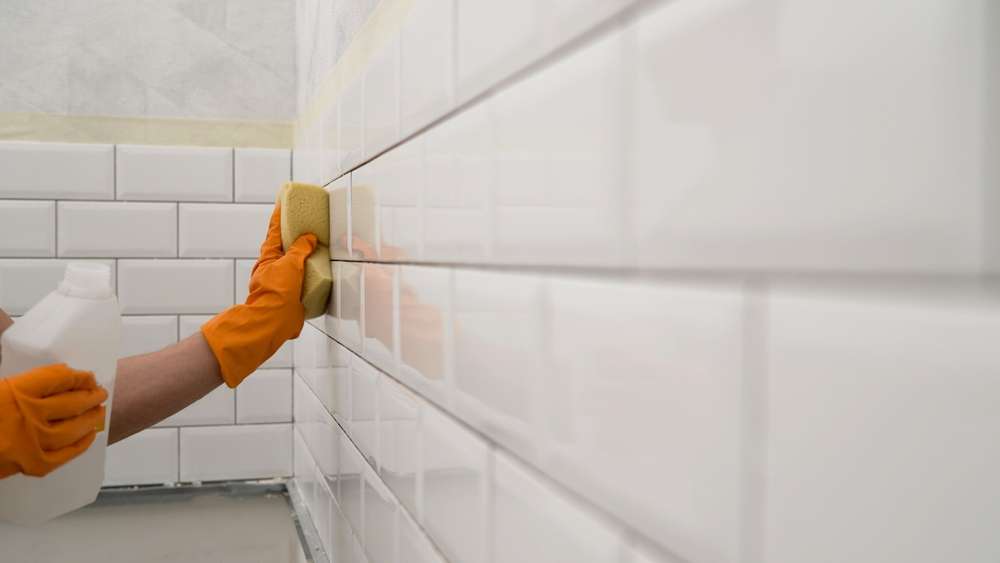Improving ventilation in moist spaces to prevent mold growth
This article explains practical ways to improve ventilation in moist spaces to reduce mold risk. It covers airflow strategies, material choices like tiles and grout, waterproofing, plumbing and drainage, and routine maintenance—useful for homeowners and renovators seeking durable, healthy spaces.

Improving ventilation in moist spaces is essential to limit mold growth, protect surfaces and maintain healthy indoor air. Poor airflow allows humidity to linger on tiles, grout and fixtures, creating ideal conditions for mold. Practical solutions combine mechanical ventilation, thoughtful material selection, effective drainage and regular maintenance to reduce moisture load and slow deterioration. This guide outlines actionable steps for renovation projects and ongoing care to keep moist rooms drier and more durable.
This article is for informational purposes only and should not be considered medical advice. Please consult a qualified healthcare professional for personalized guidance and treatment.
Ventilation strategies for moist spaces
Effective ventilation begins with moving humid air out of the room. Install exhaust fans sized for the room volume and designed for continuous or timed use after showers or baths; aim for fans that provide adequate air changes per hour. Where possible, use passive vents or trickle vents in windows to create a path for fresh air. Cross-ventilation—introducing an inlet and outlet—helps dilute humidity. For small or interior spaces without windows, consider a ventilator or heat-recovery unit to maintain airflow while minimizing energy loss. Regularly clean fan grilles to preserve performance.
Tiling, grout and waterproofing choices
Surface materials influence how quickly moisture evaporates and whether mold can take hold. Use non-porous tiles and properly sealed grout to prevent water ingress behind finishes. Epoxy or sealed grout reduces staining and microbial growth compared with unsealed cement grout. Behind tiles, a continuous waterproofing membrane helps keep structural elements dry. Choose tile profiles and placement that allow for quick drying; avoid large horizontal ledges where water pools. During installation, follow manufacturer guidelines for waterproofing details around corners, joints and transitions to fixtures.
Drainage, plumbing and fixture considerations
Proper drainage and well-installed plumbing reduce standing water and leaks that feed mold colonies. Slopes toward drains, efficient shower bases, and quality drain fittings help water evacuate quickly. Inspect plumbing connections and seals around fixtures; slow leaks behind vanities or under tubs can go unnoticed for months. Select corrosion-resistant fixtures and ensure drains and traps are accessible for cleaning. Periodically check areas under sinks and around toilet bases for dampness; early repair limits mold spread and preserves underlying materials.
Lighting, storage and accessibility design
Lighting and storage choices affect how easily moist areas dry and how visible problems become. Bright, well-distributed lighting helps detect early signs of mold on tiles or grout. Keep storage off wet surfaces—use wall-mounted shelves or ventilated cabinets to allow airflow behind stored items. Design accessibility into the room so cleaning and inspection are simple: removable panels, accessible plumbing, and reachable tiles encourage routine checks. Avoid enclosed cabinetry directly beside showers unless ventilated and sealed, as trapped moisture can lead to hidden mold.
Renovation approaches and sustainability
During renovation, prioritize durable, low-maintenance materials and systems that reduce moisture risk while considering long-term sustainability. Select tiles and waterproof membranes with long service lives and low-VOC adhesives. Consider replacing old exhaust systems with energy-efficient fans or heat-recovery ventilators to balance air quality and energy use. Reuse or recycle demolition materials where safe, and choose fixtures that minimize water waste to lower humidity generation overall. Thoughtful design reduces future maintenance and supports healthier indoor environments.
Maintenance routines to limit mold growth
Consistent maintenance is the most reliable mold-prevention strategy. Wipe down wet surfaces after use, squeegee shower walls, and leave doors or windows open briefly to promote drying. Clean grout lines periodically with appropriate cleaners and reseal grout every few years as recommended. Schedule routine inspections for leaks, loose tiles, and sealant degradation around fixtures. Replace failing caulking promptly and ensure exhaust fans are cleaned and functioning. Establishing simple, repeatable chores prevents small moisture problems from becoming larger mold issues.
In summary, preventing mold in moist spaces relies on an integrated approach: effective ventilation, careful material selection for tiles and grout, thorough waterproofing, reliable drainage and plumbing, sensible lighting and storage layouts, and disciplined maintenance. When planning renovations or upgrades, align design choices with long-term ventilation and accessibility to reduce moisture accumulation and extend the life of finishes and fixtures.





